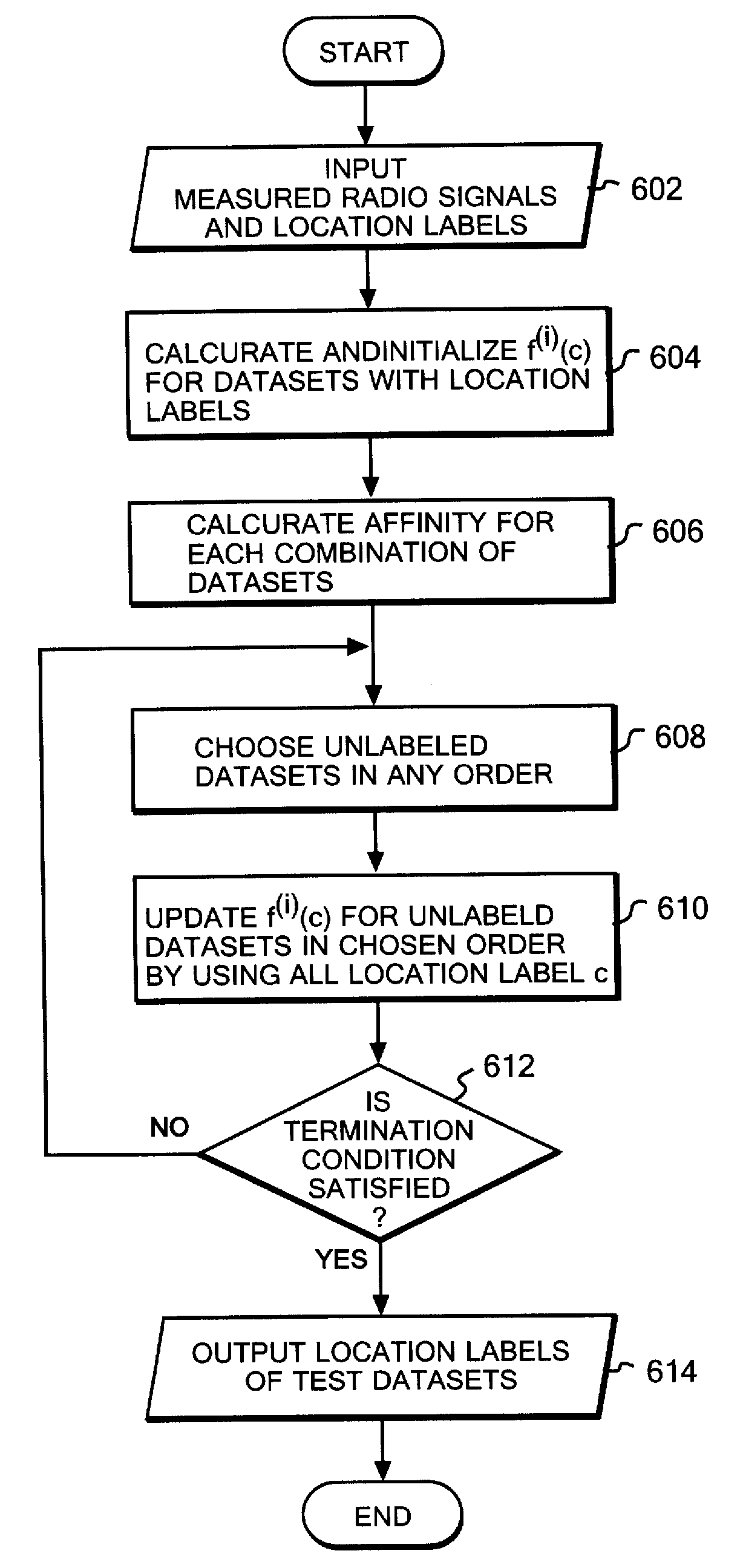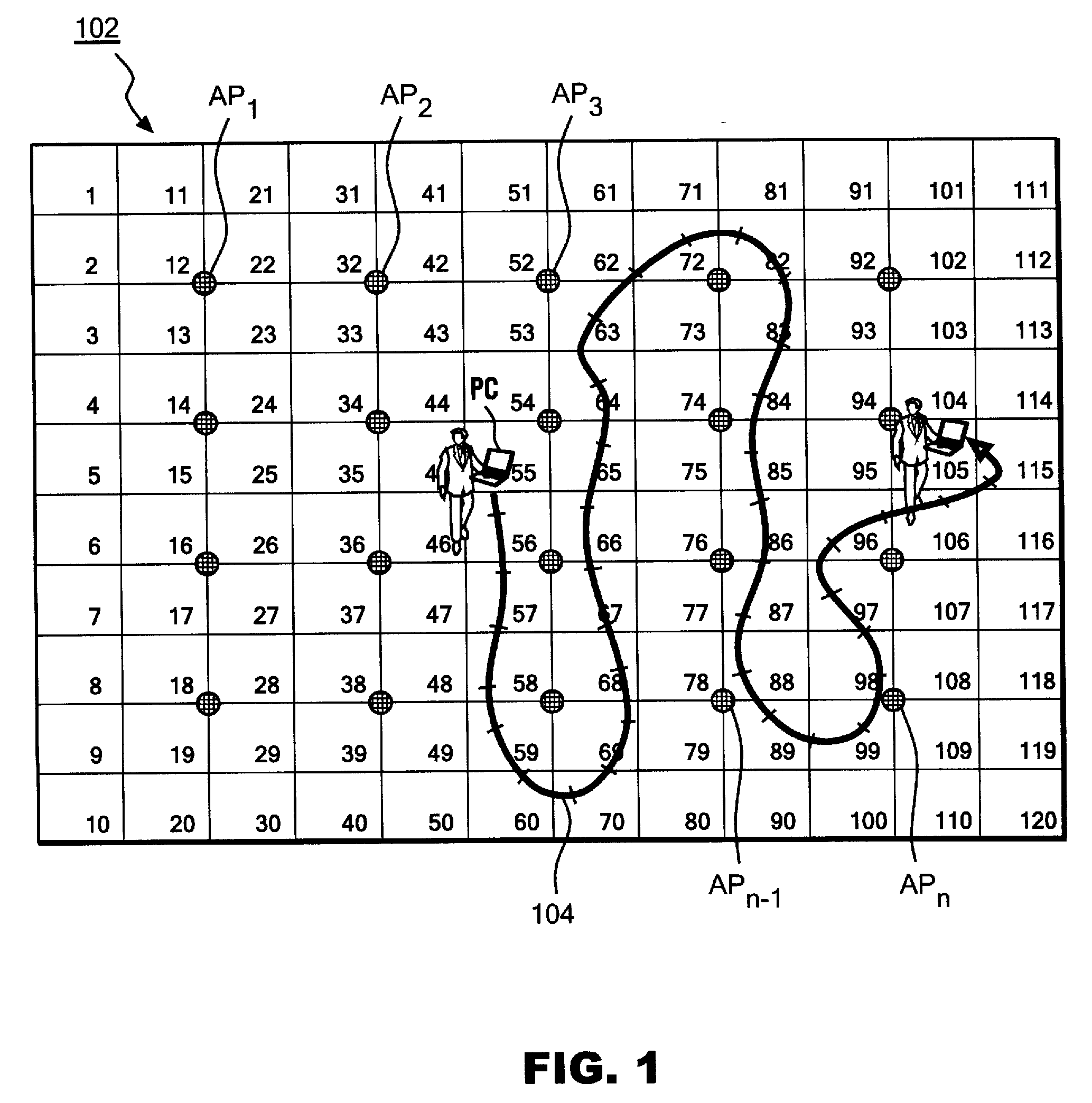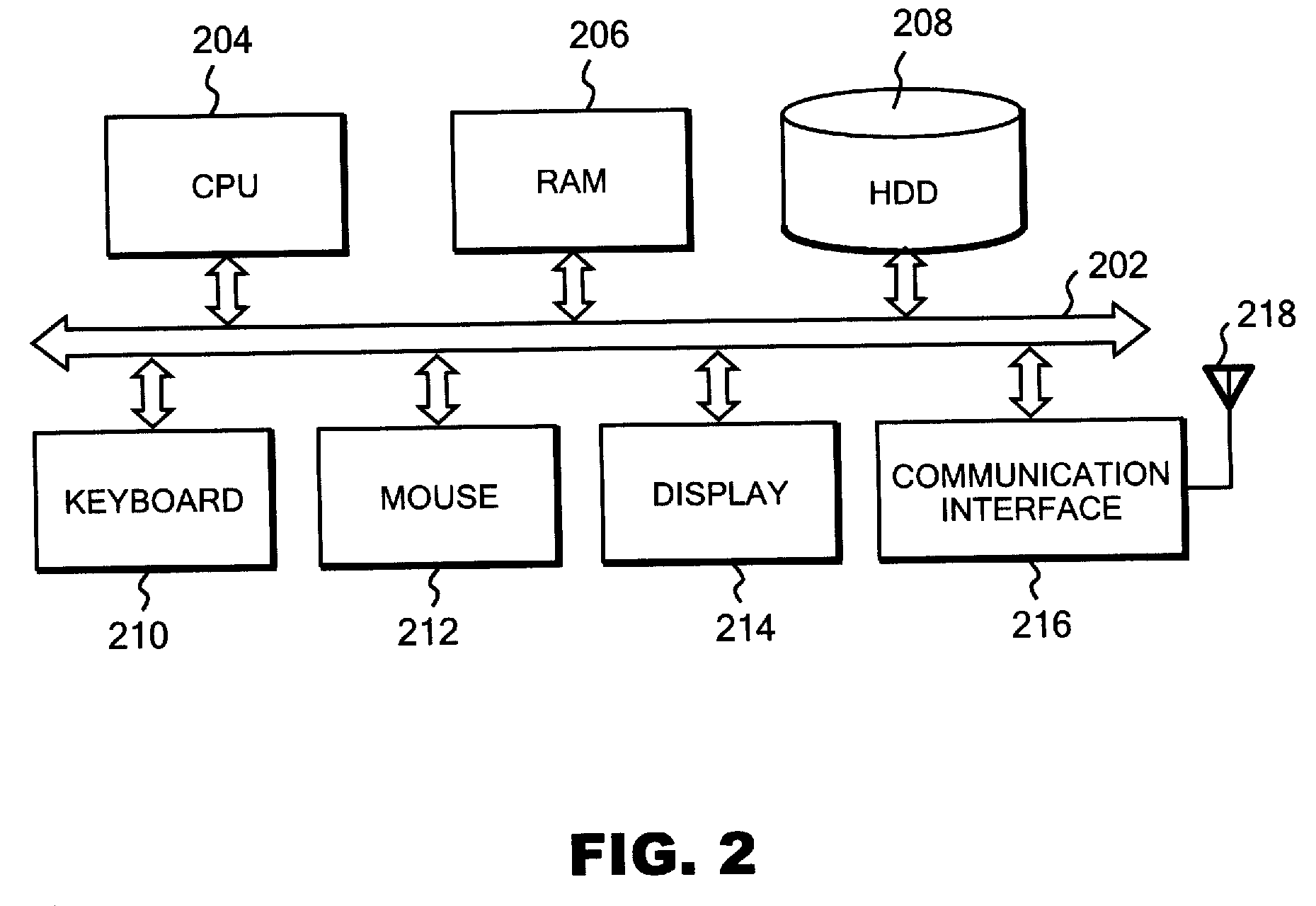Location estimation system, method and program
a technology of location estimation and method, applied in the field of system, method and program, can solve the problems of deterioration, location cannot be highly accurate, and the accuracy of location measurement is likely to be extremely deteriorated, so as to improve the estimation accuracy of the system estimation
- Summary
- Abstract
- Description
- Claims
- Application Information
AI Technical Summary
Benefits of technology
Problems solved by technology
Method used
Image
Examples
Embodiment Construction
[0026]Hereinbelow, an embodiment of the present invention will be described with reference to the drawings. For convenience of description, a case where the invention is applied to the label propagation method will be primarily described. However, it should be understood that the application field of the invention is not limited to the label propagation method. The invention is also applicable to a more general nearest neighbor decision method, or to an even more general method of estimating a location on the basis of neighborhood relationship. It should also be understood that the embodiment is given only for describing a best mode of the invention, and that the scope of the invention should not be limited to the description of the embodiment. In addition, unless otherwise stated, the same reference numerals indicate the same elements throughout the drawings.
[0027]FIG. 1 is an illustration showing a general outline of a location estimation system using multiple radio signal sources...
PUM
 Login to View More
Login to View More Abstract
Description
Claims
Application Information
 Login to View More
Login to View More - R&D
- Intellectual Property
- Life Sciences
- Materials
- Tech Scout
- Unparalleled Data Quality
- Higher Quality Content
- 60% Fewer Hallucinations
Browse by: Latest US Patents, China's latest patents, Technical Efficacy Thesaurus, Application Domain, Technology Topic, Popular Technical Reports.
© 2025 PatSnap. All rights reserved.Legal|Privacy policy|Modern Slavery Act Transparency Statement|Sitemap|About US| Contact US: help@patsnap.com



